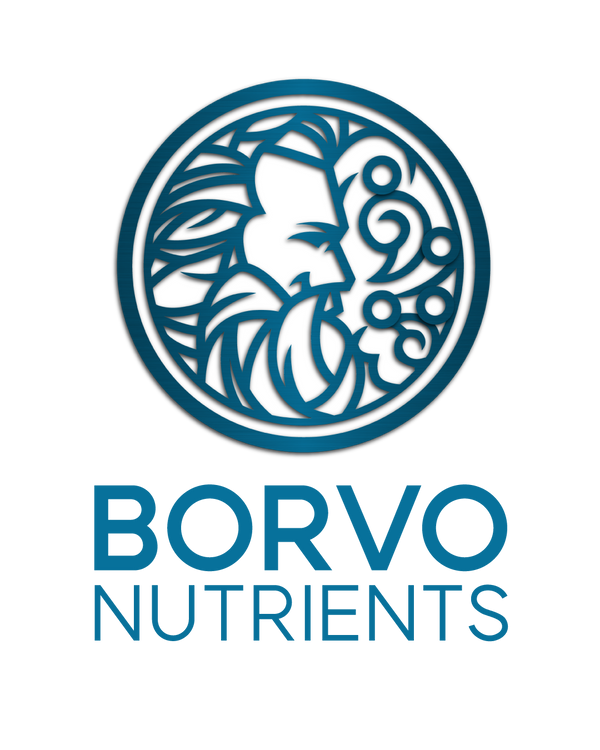Amount of Iodine needed daily
Share
How the daily Iodine intake is calculated
In the Western world the RDA of iodine is based on providing enough iodine for the thyroid glands to produce the two thyroid hormones triiodothyronine (T3) and thyroxine (T4). It is necessary to consume it as the body can not produce iodine from other sources.
These two hormones are used in every tissue throughout the body where they control metabolism amongst other functions.
Simple Definition of Metabolism
“Biology: the chemical processes by which a plant or an animal uses food, water, etc., to grow and heal and to make energy"
So the Thyroid hormones help the body use energy, stay warm and keep the brain, heart, muscles, and other organs working as they should.
However, in addition to helping the thyroid produce hormones, iodine is believed to be used in other organs, as some of them have a sodium-iodide symporter pump. This means that they are able to absorb and use iodine. However these functions are not accounted for in the RDA's.
Reason to introduce iodine slowly into the system
Before you view the RDA, a quick note on the the introduction of iodine into the system. This is for people who are deficient in iodine.
If someone has been existing with iodine deficiency then their body is used to operating on low levels of iodine. To avoid any adverse reactions from an increase in iodine consumption it is advisable to introduce the iodine slowly into the body and to be aware of the level available in the food that you are eating (find out natural sources of iodine here).
Also, though the occurrence is rare, in less than 1%, iodine consumption can cause allergies, swelling of the salivary glands and thyroid, and iodism.
Recommended Amounts of daily Iodine by Worldwide bodies
| Age | Adequate Intake (µg/day) |
| 7 – 11 months | 70 |
| 1 – 3 years | 90 |
| 4 – 6 years | 90 |
| 7 – 10 years | 90 |
| 11 – 14 years | 120 |
| 15 – 17 years | 130 |
| ≥ 18 years | 150 |
| Pregnancy | 200 |
| Lactation | 200 |
Source: P33 EFSA Journal 2014; 12(5):3660
Iodine Global Network (IGN), WHO and UNICEF
| Age (Years) | Daily Amount (Micrograms/mcg) |
| 0 - 5 | 90 |
| 6 - 12 | 120 |
| Older than 12 | 150 |
| Pregnant and Lactating Women | 250 |
(Source: Iodine Global Network, 3. How much iodine should we get?, http://www.ign.org/3-how-much-iodine-should-we-get.htm)
Food and Nutrition Board (FNB): Institute of Medicine of the National Academies
| Age | Daily Amount (Micrograms/mcg) |
| Birth to 6 months | 110 |
| 7 - 12 months | 130 |
| 1 - 3 years | 90 |
| 4 - 8 years | 90 |
| 9 - 13 years | 120 |
| 14 - 18 years | 150 |
| 19+ years | 150 |
| Pregnancy | 220 |
| Lactation | 290 |
Tolerable Upper Intake Levels
| Age | Daily Amount (Micrograms/mcg) |
| Birth to 6 months | Not Possible to Establish |
| 7 - 12 months | Not Possible to Establish |
| 1 - 3 years | 200 |
| 4 - 8 years | 300 |
| 9 - 13 years | 600 |
| 14 - 18 years | 900 |
| 19+ years | 1100 |
| Pregnancy | 900 |
| Lactation | 1100 |
To help you meet the RDA’s and to prevent excess consumption, it is good to know the dietary sources of iodine and the foods that can prevent the absorption of iodine within the body.
